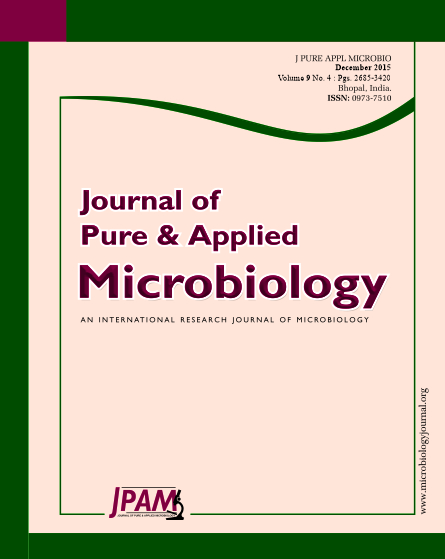Brucellosis is a widespread zoonotic disease. Person to person transmission is rare, whereas, blood transfusion and tissue transplantation are known sources of brucellosis especially in endemic areas. This study aimed to determine the prevalence of brucellosis in blood donors in Hamadan province, west of Iran. Blood specimens were collected from 600 blood donors who referred to Hamadan Blood Organization between January and June 2014. Antibody titer ≤ ≤ ≤ ≤ ≤ 1:80 in wright and coombs wright and ≤ ≤ ≤ ≤ ≤ 1:20 in 2ME tests were considered positive. Anti-brucella IgG checked with Enzyme-Linked Immunosorbent Assay (ELISA) that titer >12 U/mL were considered positive. Among 600 specimens, 30% were inhabitants of rural areas. 62.7% had history of consumption of unpasteurized dairy products and 10.5% had history of contact with animals. In our blood donor population, 2 cases (0.3%) with wright and coombs wright test, 3 cases (0.5%) with the 2ME test and 76 cases of 544 (14%) with ELISA were found positive for Brucella antibodies that 13% of them showed signs and symptoms of brucellosis before the last two years. Based on our findings and due to interrupt transmission of bloodborne infections, we suggest questioning from all blood donors about symptoms of brucellosis before blood donation.
Seroprevalence, Brucellosis, Blood donors, Iran.
© The Author(s) 2015. Open Access. This article is distributed under the terms of the Creative Commons Attribution 4.0 International License which permits unrestricted use, sharing, distribution, and reproduction in any medium, provided you give appropriate credit to the original author(s) and the source, provide a link to the Creative Commons license, and indicate if changes were made.


